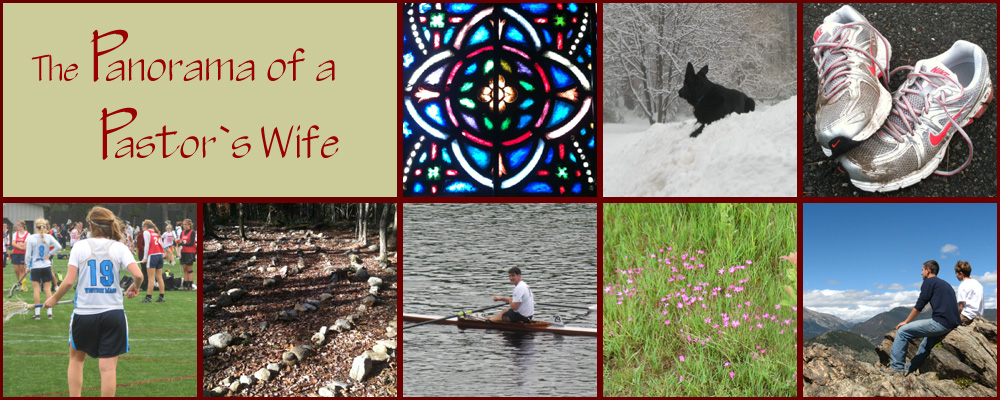When it comes to hangers-on, we often have radically different feelings. They can be completely exasperating, or just as completely inspiring. At this time of year, they can also be just plain confusing.
Have you ever had houseguests who — this isn’t easy to say– overstayed their welcome? Friends who didn’t see the signs that, with so much else changing, it was time to let go and move on? Contrarily, have you ever been impressed, even awed, by a kind of stick-to-it-iveness that defies logic? Perhaps by some beloved person or pet who, despite all predictions that death or at least failure is imminent, keeps on keeping on, trying to squeeze the most out of life despite daunting challenges?

If you are familiar with any of these – take your pick– then you will surely be pleased to find a vivid illustration of an all-too human experience right along the side of our country roads. Virtually everywhere in patches of woods in New England, you’re likely to see what I mean. Probably you’ve already noticed the peculiar habit that some trees— beech and oak in particular—have of keeping their leaves on their branches all through the winter. Don’t they know that this is against the rules? With often a lovely light grey color bark, they look nothing like evergreen trees, but they’re actually behaving like those neighbors in the forest. What’s going on here?

It’s odd, I think, that I didn’t notice this more frequently back in December or January. I have no good explanation for this, really. Probably there have been plenty of other bizarre things happening out there that I haven’t noticed, either. Maybe now that it’s officially spring, and we’re looking for buds and any sprouts of green to start coming out, it looks particularly strange for these “I’ve seen it all” still-elegant-but-almost-drained-of any-tan-color-and-definitely-brittle-leaves to be still whispering in the wind.
When I went in search of some explanation, I came upon one of those truly fabulous articles that answers just about all of your pressing questions. And expands your vocabulary besides. Leave it to a tree guy to be able to keep his feet firmly on the ground when it comes to explaining stuff clearly. The author of “Why Do Some Leaves Persist On Beech and Oak Trees Well Into Winter?” is Michael Snyder, Chittenden County (VT) Forester, and it was, thank goodness, published in a magazine called Northern Woodlands in the Winter issue of 2010.
Here’s the link. Read it and you’ll find out that deciduous and evergreen trees aren’t so much in two completely separate categories as they are points along a spectrum, with the oaks and beeches really somewhere in the middle, because of their stubbornness in the leaf department. In a way, they are clinging to the evergreen past that all trees, in an evolutionary sense, have.

When you think about everything that’s happening these days in the culture, the way we’re learning to take things (or people) out of their restrictive boxes and let them express themselves the way they want, it makes plenty of sense, really.
There is even a word for what this in-between kind of tree does. The act of retaining leaves that are themselves no longer alive is called “marcescence.” Sounds mysterious, almost like the sound the super-light leaves make when they flicker in the breeze. In the article, you’ll see that ecologists propose a range of reasons why this behavior might confer some advantage in survival, as if they’re trying to read the minds of savvy trees, in a way.
During a wonderful weekend I had with my sisters-in-law recently, we celebrated the staying power of the beech leaves by including some of them in the garlands we made, filled with other kinds of natural objects too. They have a certain kind of delicate beauty, a look of experience worn well….maybe, just maybe, we saw something in them to emulate.

